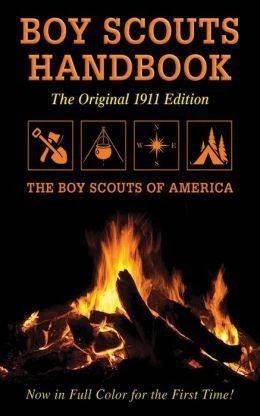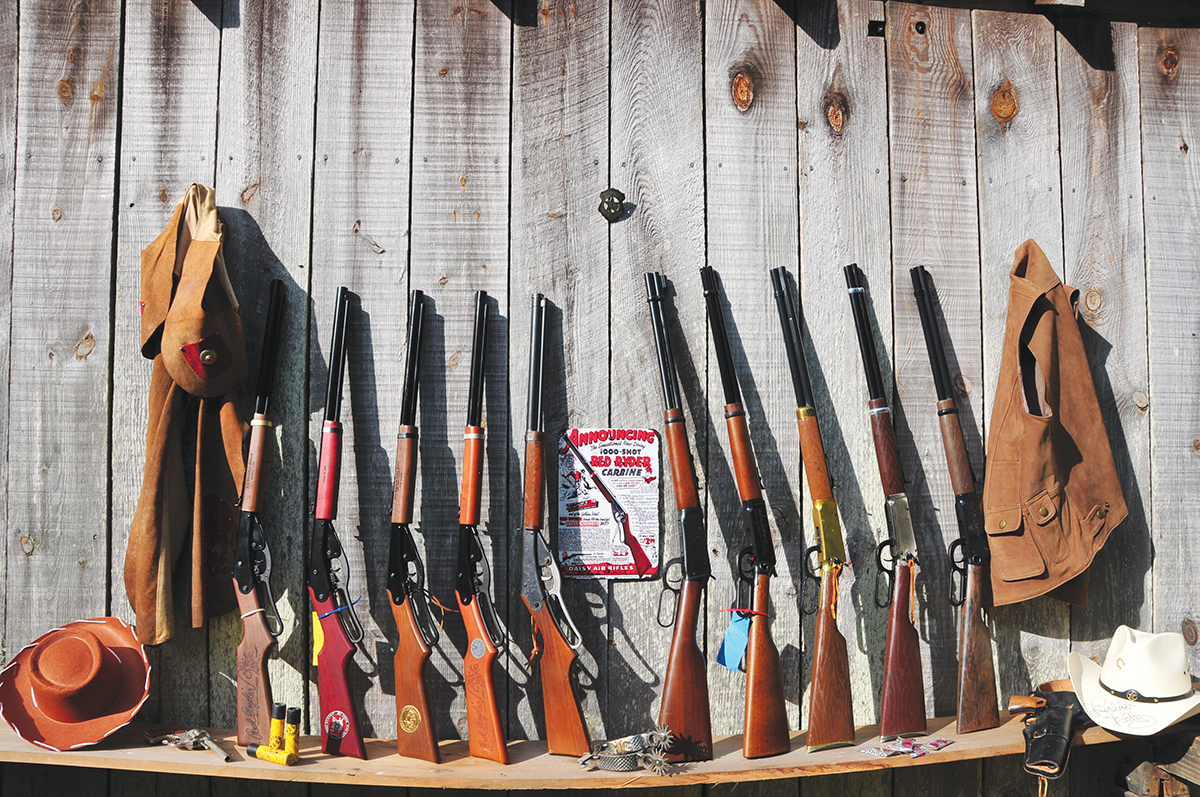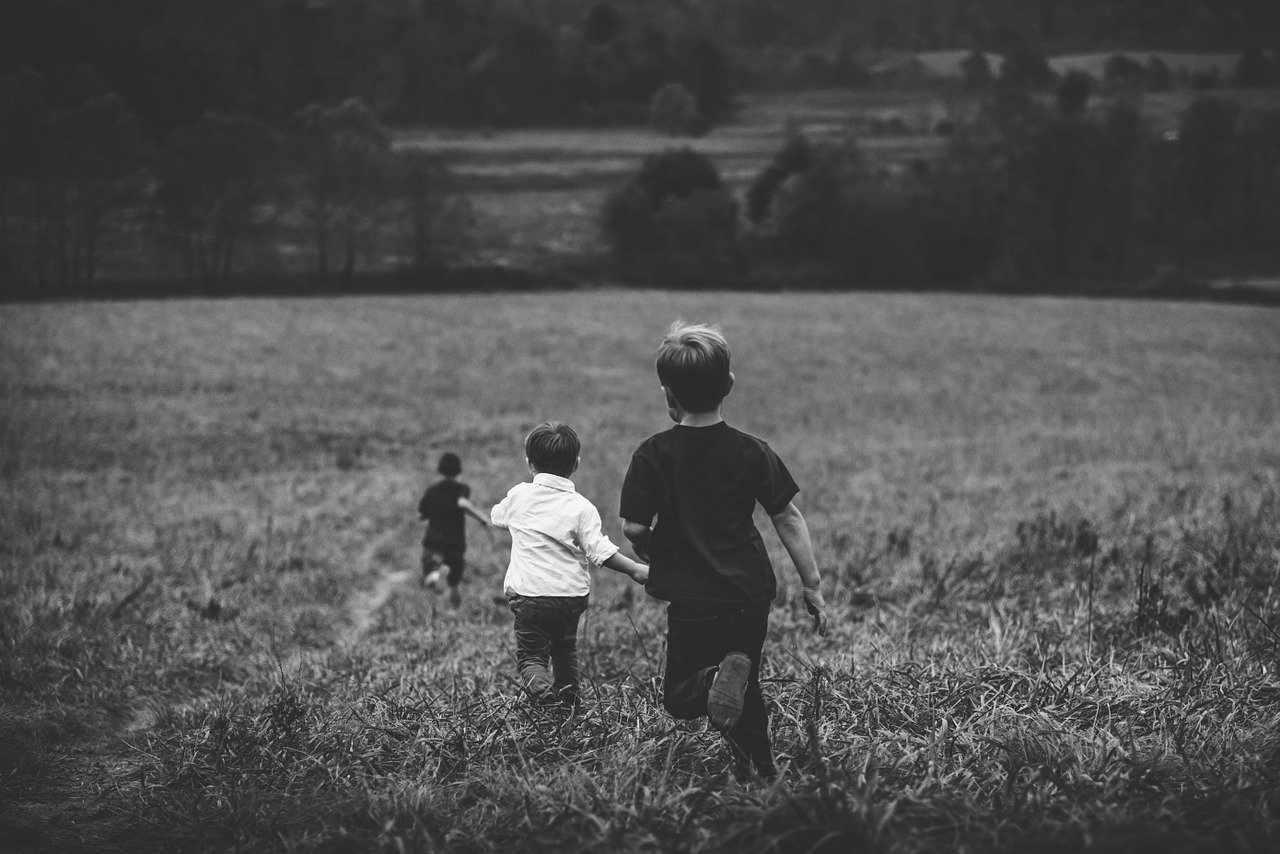Although as a boy I didn’t receive dozens of Christmas gifts each year, those that did come my way from Mom and Dad were invariably practical, prized or memorable (and in some cases, they fit all of those descriptions). Such was the case with a Daisy Red Ryder BB gun.
It had some engraving identifying it with Red Ryder, the silver screen cowboy hero I had watched in action on many a Saturday afternoon at the local movie theater, a dandy leather thong decorating the cocking lever, and came with several packets of copper pellets. The little gun, a training tool for generations of hunters and shooters in the making, immediately became a virtual extension of my body. For untold hours wandering around the yard, in fields and woods nearby, and for extended sessions of target practice, it was my constant companion. Up to a distance of 25 yards or so it was quite accurate, and with time and experimentation I extended that range another 15 yards or so through allowing for windage and BB drop.
No small portion of that patiently honed skill in marksmanship came at the expense of a number of silver dollars I owned. In the sometimes misguided cognition of a boy, the size of those coins pretty well matched profiles offered by the small birds that were my principal quarry. What I never stopped to think about until many years later was that the first time I managed to hit one of those silver dollars it forthwith lost its value as a collectible. Today there are more than a dozen silver dollars tucked away in a drawer in my study that carry circular pock marks all over their surface thanks to target practice long ago.
Of course, silver dollars were a far cry from my foremost interest as proud possessor of a BB gun. From the day of its acquisition forward I became an unknowing but inveterate adversary of the Audubon Society. Though there were strict parental “game laws” when it came to “game birds” (there was an open season and no bag limit on English sparrows, blue jays and starlings—all other birds were verboten), but retrospective honesty, expiration of the family statute of limitations and recognition that shameful confession can be good for the soul compels me to acknowledge I hunted songbirds with a will.
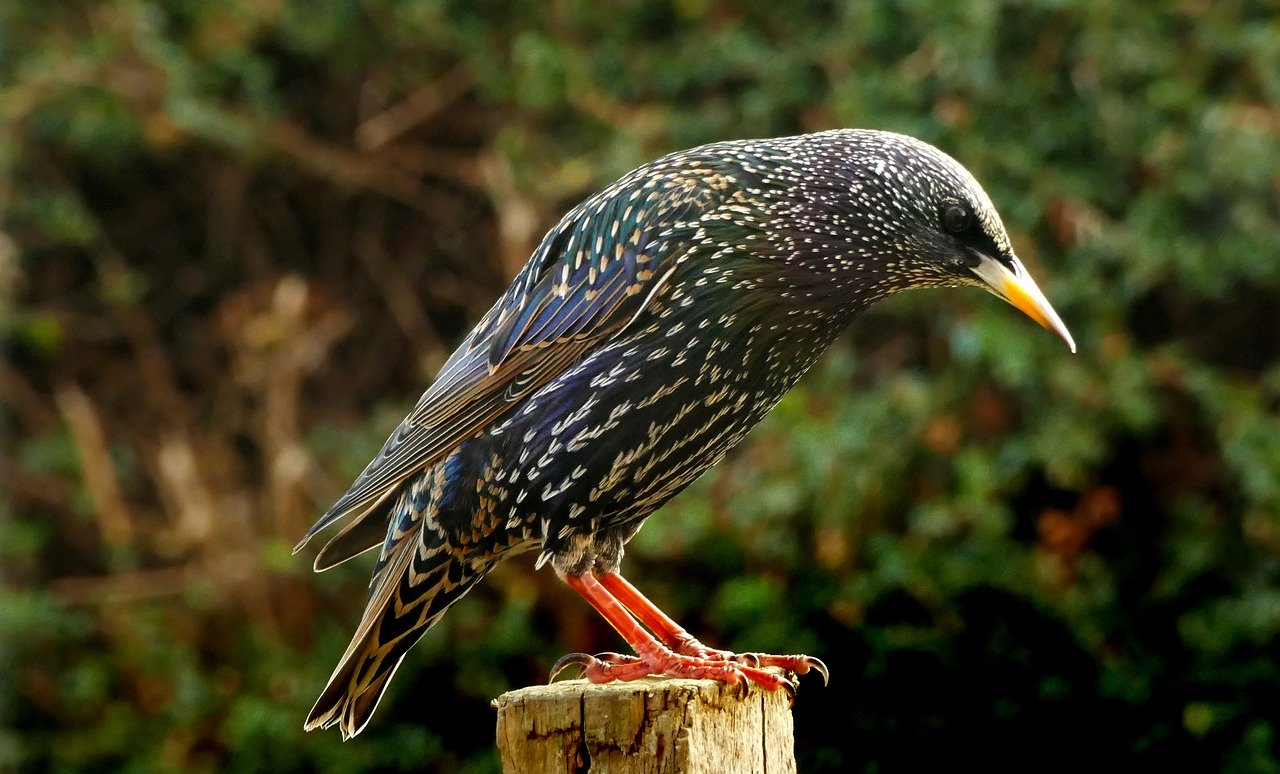
There was an open season and no bag limit on English sparrows, blue jays and starlings—all other birds were verboten.
For starters, I’m now convinced that at heart most boys in their early teens who have grown up exposed to hunting, slaughter of livestock and with the kind of closeness to the earth that life in the Smoky Mountain adolescence presented to most everyone three generations or more ago were stark realists when it came to the origins of meat. For their early teenage years they were also about three parts poacher. Had I been caught in the act of hunting songbirds, I already had a detailed explanation worked out. After all, I would rationalize as I held a deceased robin, Grandpa Joe often talked of using a homemade trapping device to catch large numbers of robins and snowbirds (juncos). The trapped birds were cooked in pies or used as the base for gravy after enough cooking to make even the bones were edible. Surely, I reasoned, I couldn’t be admonished for doing precisely what Grandpa had once done as a part of putting meat on the table. Luckily Daddy never caught me, because I have no doubt whatsoever that the response to my explanation would have been a whopping dose of hickory tea.
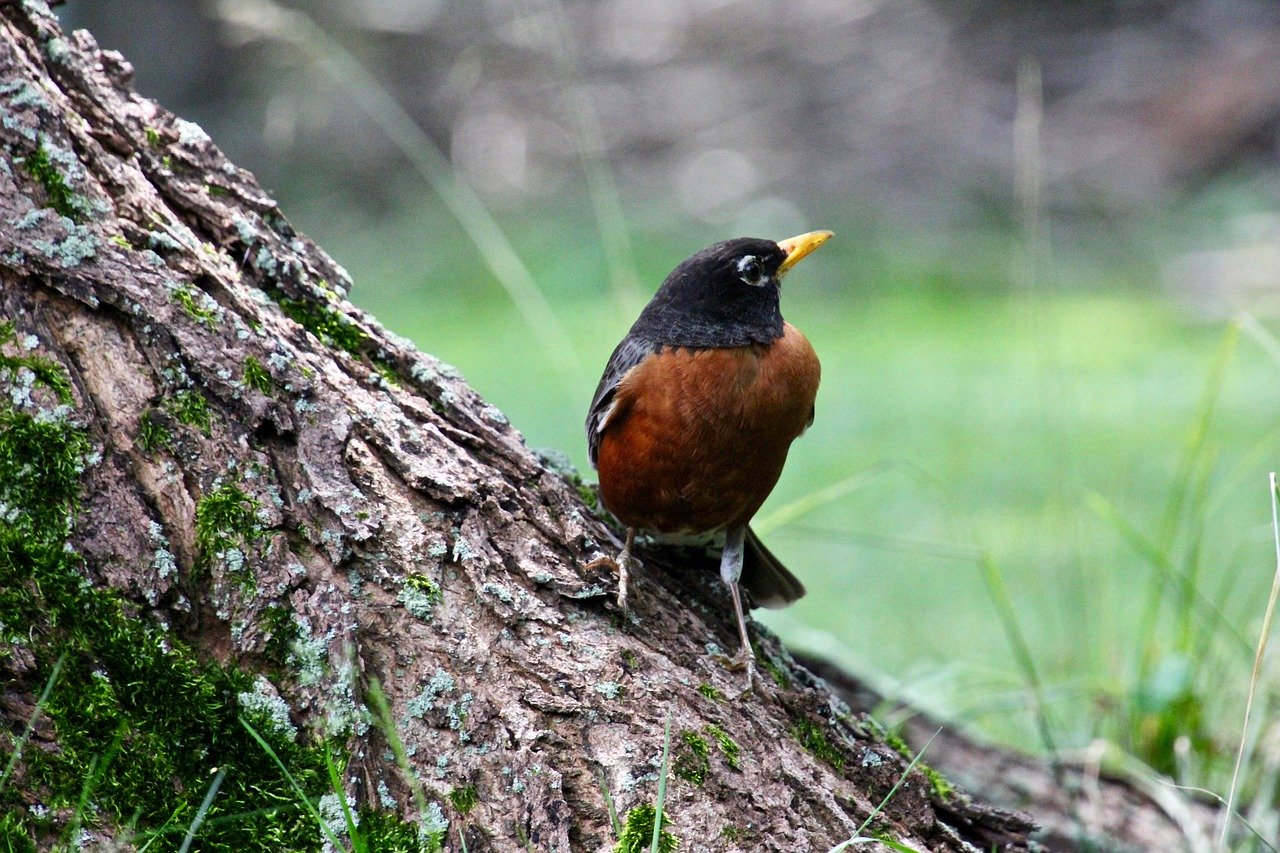
Had I been caught in the act of hunting songbirds, I already had a detailed explanation worked out.
Today I’m keenly and somewhat embarrassingly aware of the wayward aspects of my BB-based quests, but they did serve one highly useful purpose. As my first footsteps in the unending cultivation of a woodsman’s skills, an education which never ends, those endless “sneaks” or long waits to get within range of birds provided me skill in a number of areas of considerable significance to any outdoorsman. Patience, persistence, stealth, marksmanship, understanding the habits and habitat of one’s prey and the ability to adapt to your surroundings were among those lessons. Beyond that, the incessant need for more BBs—I could go through a packet of them like a properly administered dose of salts—indirectly fostered a sound work ethic. When cash was constantly required for BBs, and later for shotgun shells and .22 cartridges, work was a ready solution and one I willingly pursued.
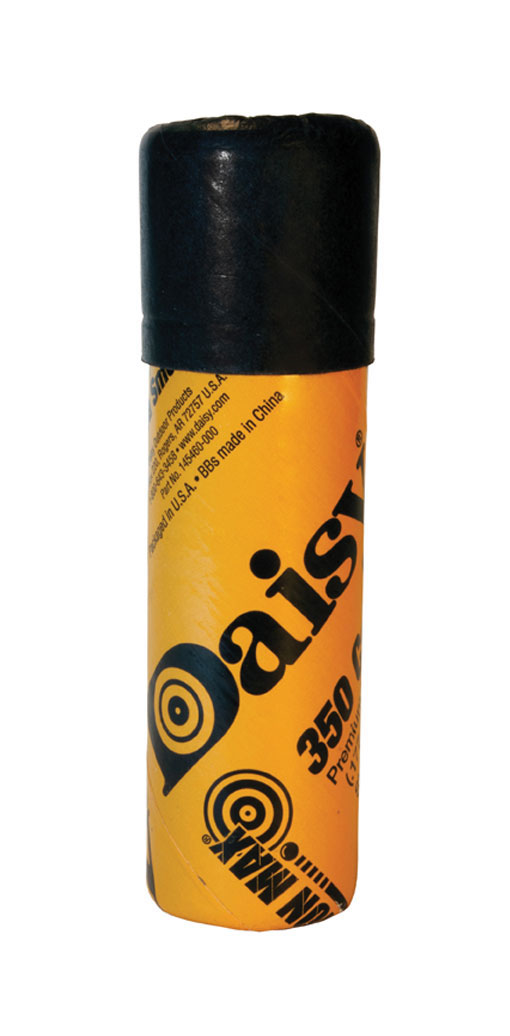 While I escaped unscathed from my illicit forays after songbirds, another misstep of far greater magnitude did not go unnoticed. BB guns of the type I owned held a large number of BBs in a sort of tube that you loaded by pouring them in until it was full. To this day I have no idea of the total capacity, but it was appreciable—far too many shots for any realistic expectation of keeping count. There were two additional problems. Occasionally after a shot and the subsequent re-cocking a BB would fail to transfer to the chamber. You could tell when you had a dry fire (the sound was slightly different) and just shaking the gun usually let you know when you had exhausted all the pellets. However, sometimes when it seemed all ammo was gone and maybe even after a number of dry fires, there would be a lodged BB that finally found its way into the chamber.
While I escaped unscathed from my illicit forays after songbirds, another misstep of far greater magnitude did not go unnoticed. BB guns of the type I owned held a large number of BBs in a sort of tube that you loaded by pouring them in until it was full. To this day I have no idea of the total capacity, but it was appreciable—far too many shots for any realistic expectation of keeping count. There were two additional problems. Occasionally after a shot and the subsequent re-cocking a BB would fail to transfer to the chamber. You could tell when you had a dry fire (the sound was slightly different) and just shaking the gun usually let you know when you had exhausted all the pellets. However, sometimes when it seemed all ammo was gone and maybe even after a number of dry fires, there would be a lodged BB that finally found its way into the chamber.
That presented the possibility of bad things happening, or at least such was the case with a young idiot (me) who violated a whole bunch of basic rules of gun safety in a single setting. That happened while I was visiting two cousins, both a few years older and me and both true masters with sling shots. We had roamed the area around their farm for some time. I shot BBs with abandon while they fired at the occasional target with their sling shots.
As we headed home, my stash of BBs long since exhausted, I would occasionally cock the gun and take an imaginary shot at some object. Somehow the bare calf of one of my shorts-clad cousins attracted my attention and I “dry” fired at it from pretty well point-blank range. Alas, a final BB had somehow dislodged and found its way to the chamber. My cousin’s dance of agony and screams of anguish were something to behold, but I instantly knew big trouble lurked on the near horizon.
I got two whopping doses of “hickory tea” (whippings)—one from their father, Great Uncle Walter, and a second one from Daddy when he showed up later that day to pick me up. I found myself without my prized Daisy for many months and the bearer of all sorts of other additional punishment as well. It was all totally deserved. The only positive outgrowth of this singularly shameful blot on my sporting escutcheon, a moment of idiocy that far transcended mere carelessness, was that it planted the message of gun safety deeply in my mind forevermore.

BB guns have served generations of adventurous boys (and girls—my granddaughter has owned a dandy pink version since she was eight years old) well. They are a fine first gun, but make no doubt about it, they are just what the word “weapon” implies—potentially dangerous. A BB gun is not a mere toy and to use one in that that fashion is to abuse it and the concept of gun ownership. Rather, for a kid growing up with links to the land, a love of hunting, a reverence for the backwoodsmen of pioneer times and a fervent desire to become a sportsman, it can be a companion and an ally in an ongoing rite of passage involved in the making of a hunter.
This is a considerably revised and shortened version of a chapter from a forthcoming book, A Smokies Boyhood and Beyond: Mountain Musings, Memories, and More, from Jim Casada, the long-time Editor-at-Large and Books Columnist for Sporting Classics. To learn more about the book and his other writings, or to sign up to receive his free monthly e-newsletter, visit his website at www.jimcasadaoutdoors.com or contact him via e-mail at jimcasada@comporium.net.
This is a facsimile reprint of the very first Boy Scouts Handbook published in 1911. Scouts past and present will be fascinated to see how scouting has changed, as well as what has stayed the same over the years. Buy Now


